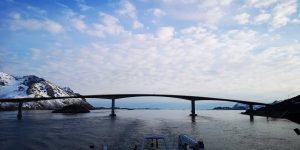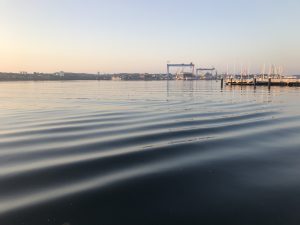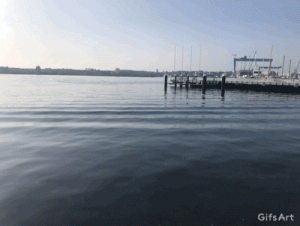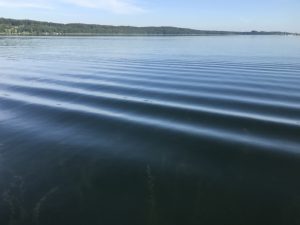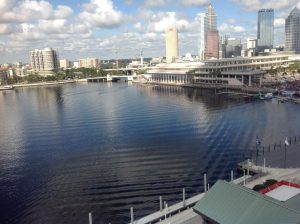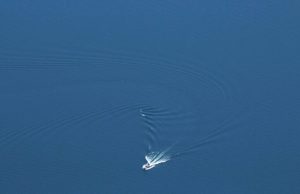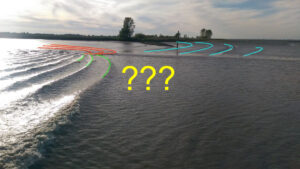
One of the most difficult #friendlywaves I’ve ever gotten! Did I get it right?
Florian sent me a #friendlywave — a wave picture he took, with hopes that I might be able to explain what is going on there. And this one had me puzzled…
